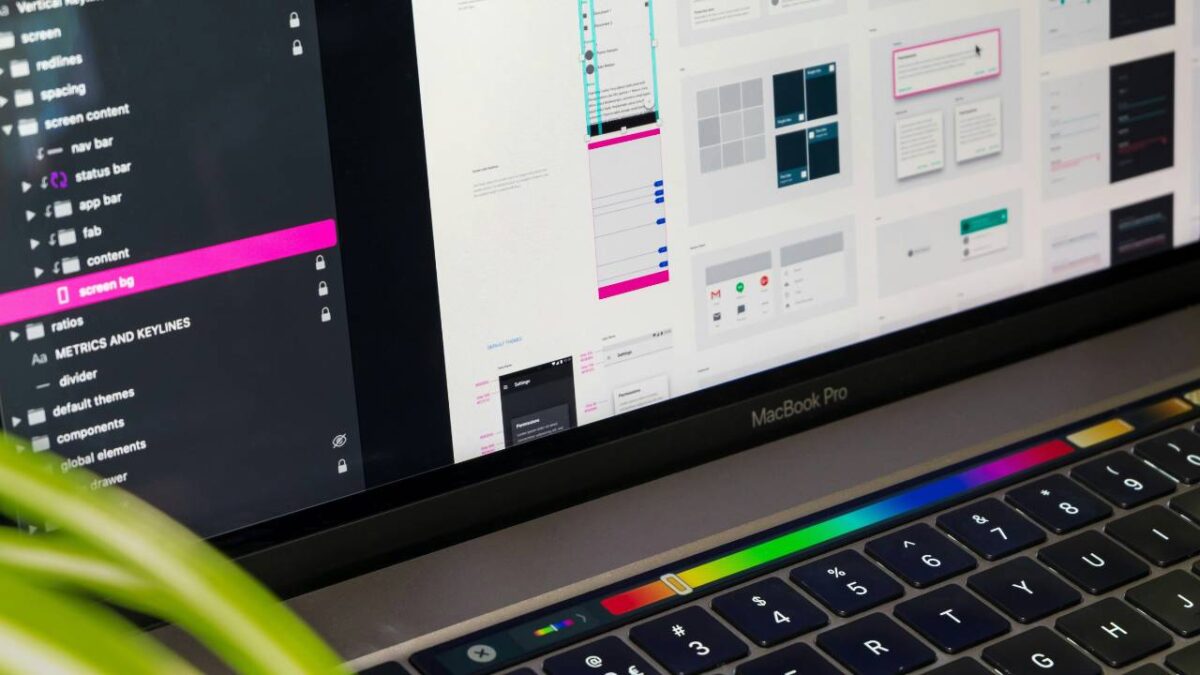UX designers are at the forefront of fintech’s rapid transformation, ensuring digital finance platforms are not only visually appealing but also intuitive, secure, and accessible for a diverse user base. As the sector moves at speed, seamless and user-friendly digital experiences have become a basic expectation, not an added extra. In this dynamic environment, UX professionals play a central role in building trust, streamlining navigation, and encouraging customer engagement in fintech products.
Designing for Complexity Without Overwhelm

Fintech products often require users to process a lot of information, particularly in areas like mortgages, loans, and investments. This density of data poses a challenge for designers: presenting complex details without overwhelming users.
Clarity is key. By using clear typography, straightforward language, and consistent visual hierarchies, designers help users prioritise critical information. They remove unnecessary clutter, allowing essential actions and figures to stand out.
Progressive disclosure is another strategy to reduce overload. By revealing only the necessary details at each step, designers guide users through step-by-step journeys. More complex features or data appear only as needed, which supports user confidence and reduces anxiety.
Microinteractions play a significant role in maintaining engagement without distraction. Simple cues – such as loading spinners, confirmation ticks, or nudges – offer real-time feedback and keep users informed about system status.
Fintech teams are increasingly leveraging tools like AI mortgage bots to streamline complex user journeys, making it crucial for designers to create interfaces that support clear, intuitive automation.
This move towards automation and intelligent guidance means designers must craft interfaces that feel both powerful and approachable, ensuring technology remains a help rather than a hindrance. They balance thoroughness with simplicity, making sure even the most feature-rich fintech tools are accessible to a wide range of users.
Human-Centred Design in the Age of Automation
Human-centred design remains vital as fintech platforms introduce more automation. UX designers use empathy-driven methods to understand user fears about privacy and control, building features that foster transparency and confidence. This helps users feel in control even when interacting with automated processes.
Designers are responsible for crafting digital journeys that maintain a “human touch”. They map interactions so users always know what to expect, especially when artificial intelligence manages transactions, data, or notifications. Clear feedback, concise language, and intuitive visual cues ensure users do not feel lost or ignored in automated flows.
Rather than aiming to replace people, automated tools can support and enhance the human experience. UX designers carefully integrate automation where it adds value, such as speeding up routine tasks or reducing errors, without sacrificing personalisation. They balance efficiency with warmth, ensuring platforms are approachable and trustworthy.
Good UX practice also includes inviting user feedback about automated features. This continuous loop allows designers to refine experiences in response to changing needs, showing respect for users’ evolving expectations in a technology-led financial environment.
Mobile-First Thinking and Device Responsiveness

Mobile-first thinking is fundamental in the fintech sector. Many users primarily access financial platforms through mobile devices to monitor balances, make payments, or manage investments on the go.
Effective user experience depends on seamless, responsive interfaces that adjust dynamically to various screen sizes. Designers are expected to create adaptive components that retain usability and clarity, whether viewed on a small phone or a large desktop monitor.
Designers must prioritise crafting websites for every device, ensuring consistency in function and feel whether users are on a laptop, tablet, or mobile phone.
Fintech platforms benefit when interfaces remain intuitive and visually coherent across all devices. Consistency in navigation, form inputs, and notifications helps users complete tasks efficiently without relearning workflows.
Designers frequently rely on grids, scalable icons, and flexible layouts to accommodate different devices. Testing on several screen sizes and operating systems is essential to identify usability issues early and deliver a unified experience to all users.
Trust, Branding, and Visual Consistency
Fintech users are more likely to engage with digital products that are visually consistent and clearly branded. A coherent colour scheme, the same tone of voice, and unified iconography across both mobile and web platforms help create a familiar experience that encourages trust.
Brand awareness grows through repeated, positive interactions. When every touchpoint – from onboarding screens to transaction confirmations – reflects the company’s identity, users are reassured that they are interacting with the same organisation each time.
Clear layouts and transparent design decisions also play a central role. For example, displaying fees upfront or using easily understood navigation builds user confidence. If these elements are lacking, even a reputable brand risks appearing untrustworthy.
There have been cases where inconsistent UX, such as mismatched fonts or unclear calls to action, led to confusion and doubt. On the other hand, a well-executed design – with logical flows and careful attention to detail – can restore or even strengthen user trust after it has been challenged elsewhere.
Data-Driven Design and Continuous Testing

Modern UX in fintech is strongly influenced by data analysis and systematic testing methods. Designers rely on tools like A/B testing and heatmaps to observe how users interact with interfaces in real settings. This approach allows teams to identify which features are effective and which elements cause confusion.
Heatmaps provide visual representations of user engagement, highlighting where attention focuses or drops off. Behavioural analytics then allow designers to interpret data patterns, such as abandonment points during onboarding or failed form submissions. Through this, they are able to pinpoint issues and prioritise improvements that have the most impact.
Continuous feedback loops, built on user input and backend metrics, inform iterative updates to digital products. Rapid cycles of testing and revision ensure fintech platforms can respond swiftly to shifts in user behaviour or regulatory requirements. By frequently releasing small changes and measuring their effect, teams enhance system usability without major disruptions.
Designers regularly monitor retention rates and task completion statistics to evaluate the effectiveness of updates. Insights from user journeys drive targeted refinements – for example, simplifying authentication steps or providing clearer prompts for first-time users. This commitment to ongoing evaluation helps digital banks and financial apps maintain intuitive and trustworthy user experiences.
Conclusion
UX designers play a vital role in making fintech platforms accessible, trusted, and centred around user needs. Their ongoing collaboration with fintech teams helps balance regulatory demands and technical innovation while ensuring that digital financial products remain intuitive and reliable. As technology, devices, and user expectations evolve, UX professionals must continue to adapt and lead the way in shaping the future of digital finance.






